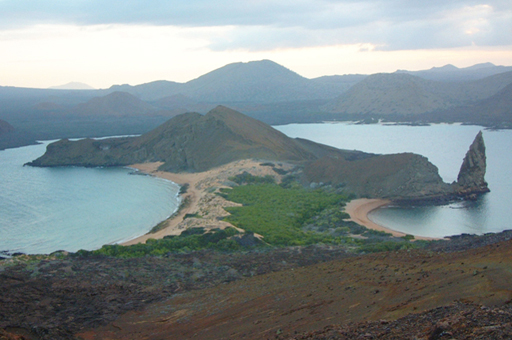3 Galápagos
The Galápagos archipelago is a unique ecosystem with a diverse collection of island habitats. It is a World Heritage Site and many of the plant and animal species are found nowhere else. The islands also have historical significance in the development of biological science, following the visit by Charles Darwin in 1835. The islands had a profound influence on his ideas about species formation, which culminated in his book On the origin of species by means of natural selection (1857).
The islands have been the focus of scientific research for many years, but the conservation problems are substantial. This week the course will feature a series of video portraits about the archipelago. This series of portraits of the islands highlights the biodiversity found there, the problems of invasive species, the value of the islands for research and the problems of maintaining a flourishing ecosystem. As you watch the videos, think about these questions and take notes that will help you to answer them.
- Bearing in mind the definition of an ecosystem that you encountered at the start of this journey, is it reasonable to regard the whole archipelago as an ecosystem?
- What tensions arise between keeping the islands pristine, allowing visitors and allowing colonisation from the mainland?
- What major threats to the integrity of the habitats on Galápagos can you identify? Are they peculiar to the islands or applicable to ecosystems in general?

